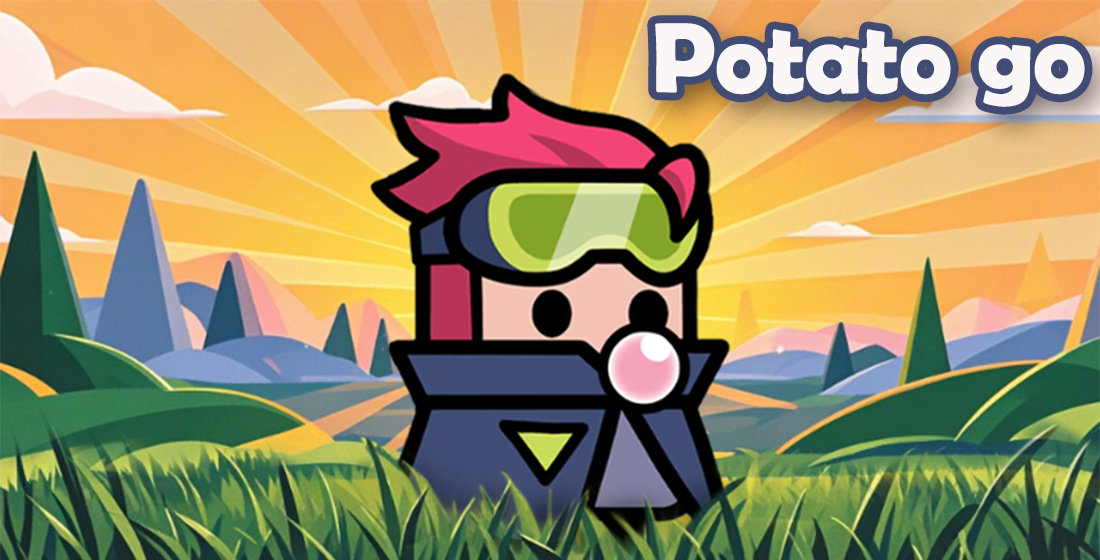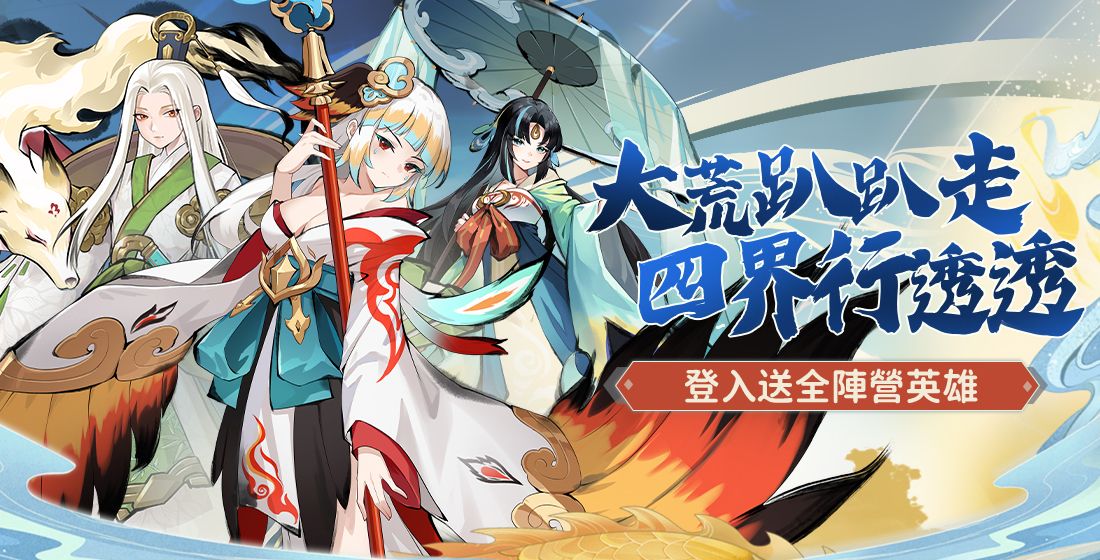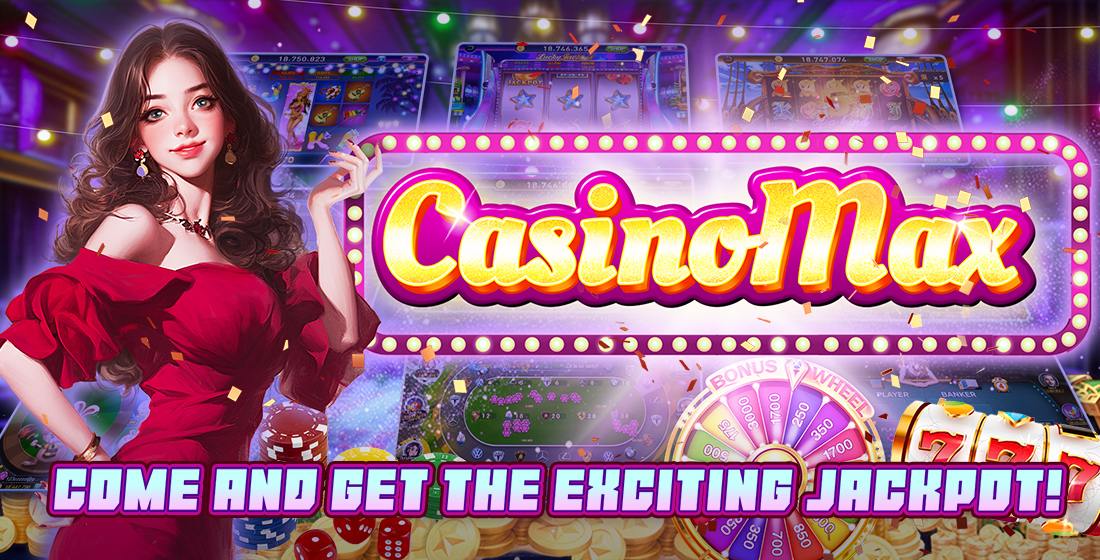Building a Community: How Multiplayer Games Redefine Social Interaction and Creativity
In today’s digital age, the realm of multiplayer games is not just a means of entertainment; it has evolved into a vibrant community where interaction merges with creativity. This transformation is evident in countless formats, from building games that spark the imagination to complex RPGs that captivate audiences worldwide. Let's dive into how these games are reinventing social interaction.
The Power of Connected Play
Multiplayer games, particularly building games, stand out because they promote collaboration. Players from different backgrounds come together to create, compete, and support each other. It’s more than just gameplay; it’s about forming bonds, sharing triumphs, and creating memories that linger long after the game is over.
- Creativity at the Core: Players are fueled by their imagination, constructing vast worlds or dynamic structures that reflect their personalities.
- Community Enthusiasm: Host events and challenges within games to bring players together.
- Inclusive Environments: Games like Clash of Clans, especially at Hall 8, allow players to join clans and form alliances, fostering a sense of camaraderie.
The Rise of Building Games
Building games offer a unique platform that encourages creativity. Unlike traditional games focused solely on competition, these games invite players to mold their surroundings, paving the way for innovation and collaboration.
| Building Game | Features | Community Engagement |
|---|---|---|
| Minecraft | Open-world crafting, extensive mod support | Multiplayer servers for construction projects |
| Roblox | User-generated games, monetization options | Active player community creating games |
| Fortnite Creative | Custom maps, collaboration tools | Event hosting and community contests |
RPGs: A Hub for Creativity and Social Interaction
RPGs are another significant category showing how multiplayer games promote social gathering. Titles such as the best RPG games out now not only engage players in immersive storytelling but also facilitate community formation through questing and raiding together. Here, the emphasis is on teamwork, strategic planning, and shared achievements.
This partnership within RPG communities nurtures engagement, fostering camaraderie that can extend beyond the screen and ignite friendships in the real world.
Conclusion: The Future of Multiplayer Interaction
In a climate where social interaction is paramount, multiplayer games have transformed the way players connect. From building spectacular virtual worlds in building games to participating in collective challenges in RPGs, these platforms offer far more than entertainment. They provide a breeding ground for creativity, friendship, and shared experiences. As we look to the future, the evolution of these virtual communities will undoubtedly continue to shape our social landscapes in ways that keep players engaged, inspired, and connected.
```


